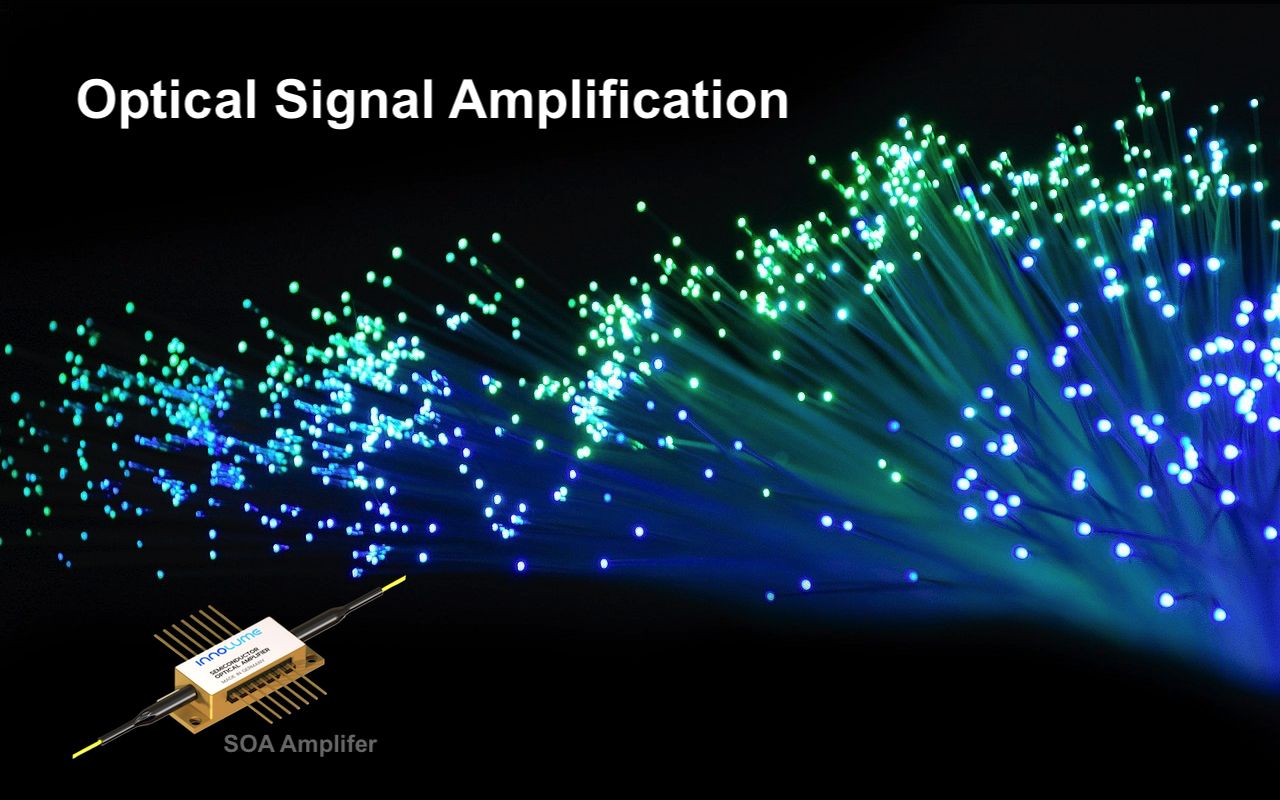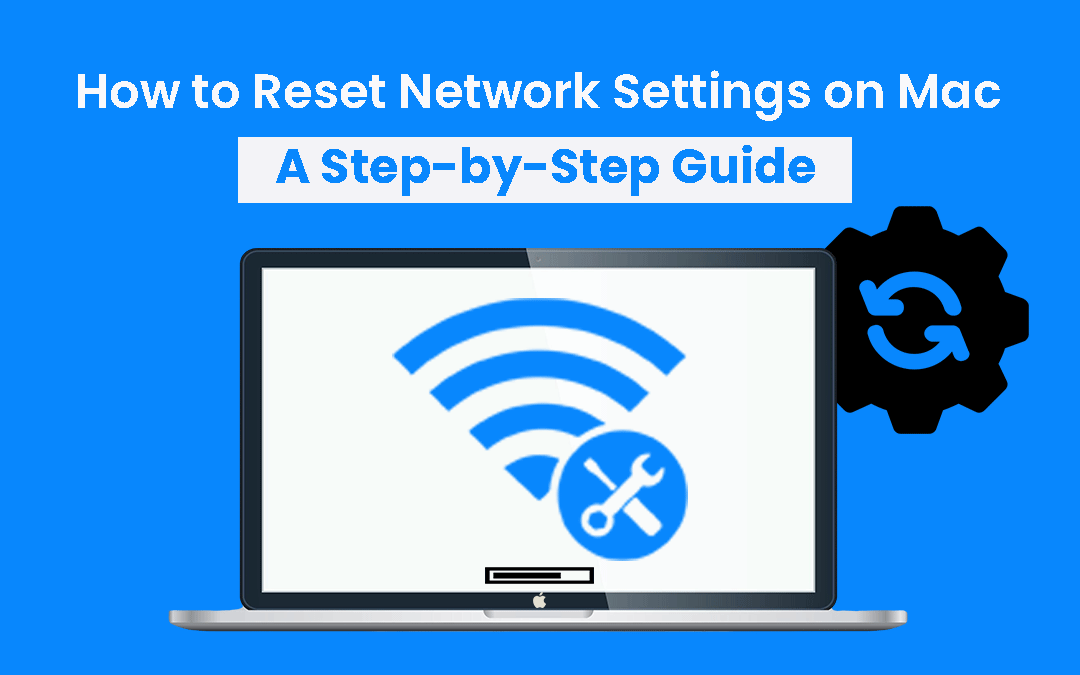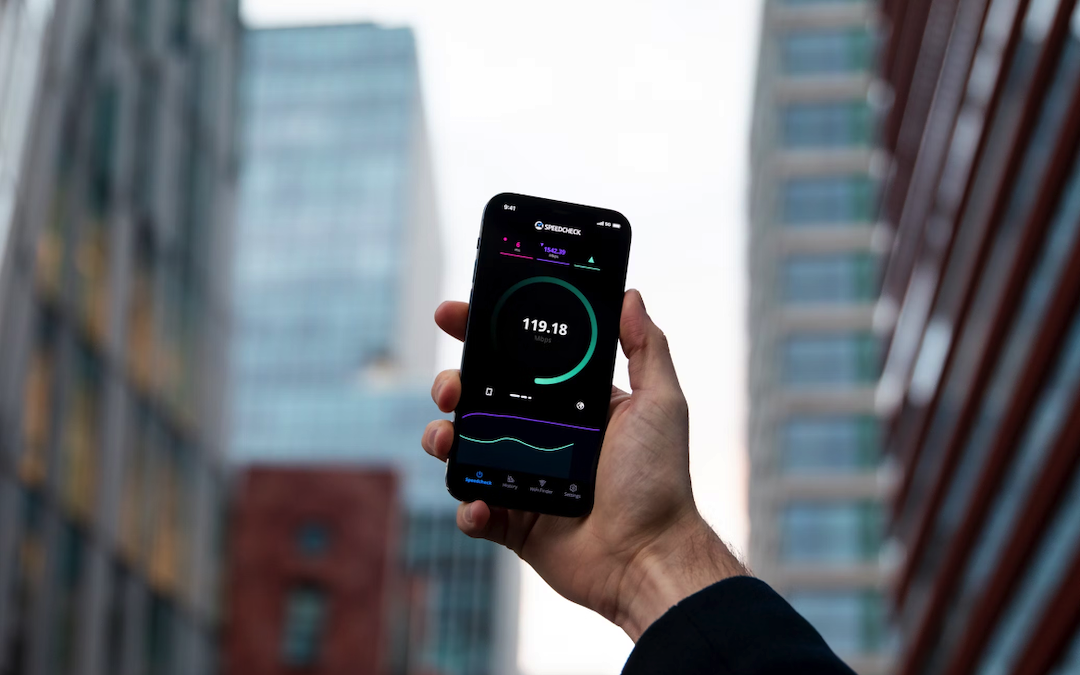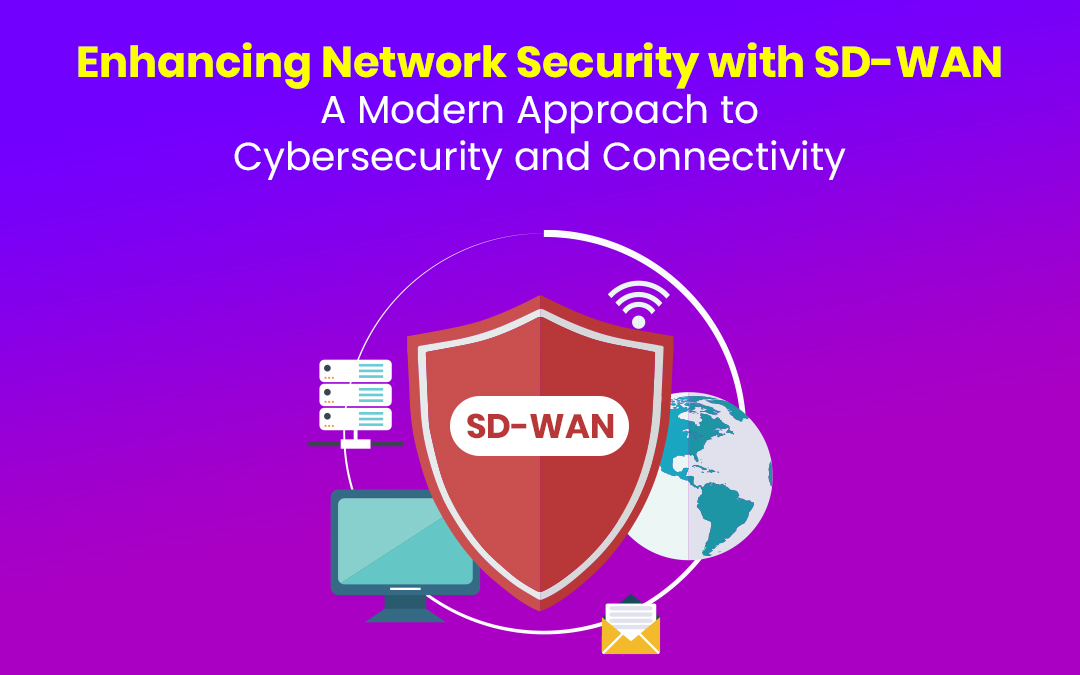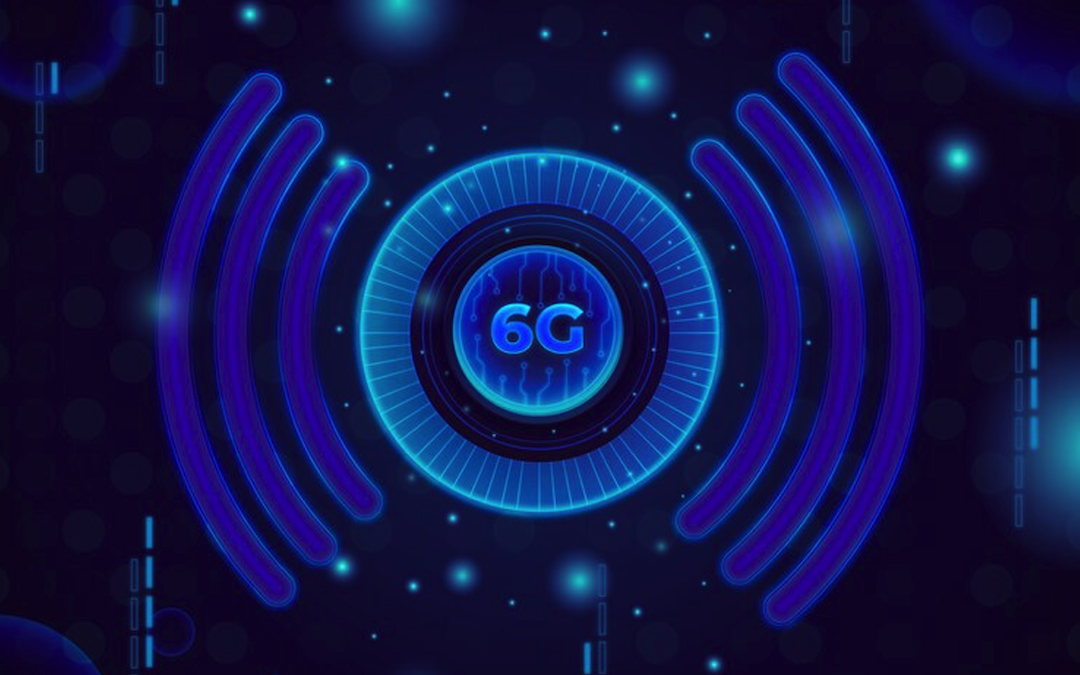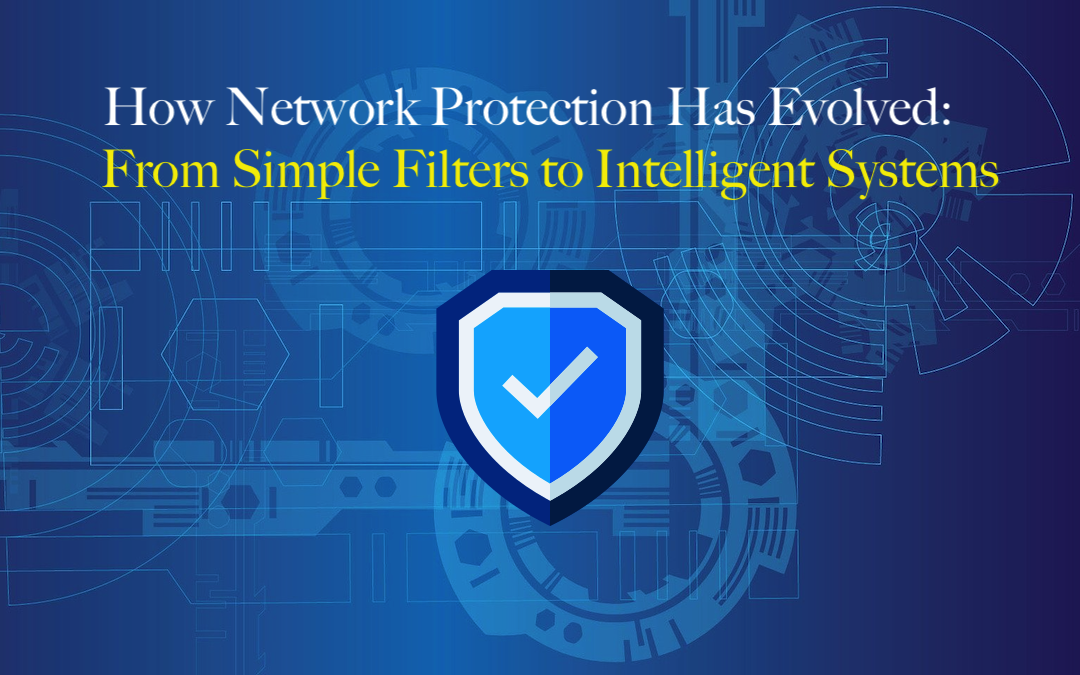
Before the rise of wireless technology, cables were essential for internet connectivity. Even with the growing popularity of wireless networks, wired connections remain crucial for their reliability and faster speeds. Among these, CAT6 Ethernet cables are a top choice for high-speed networking.

